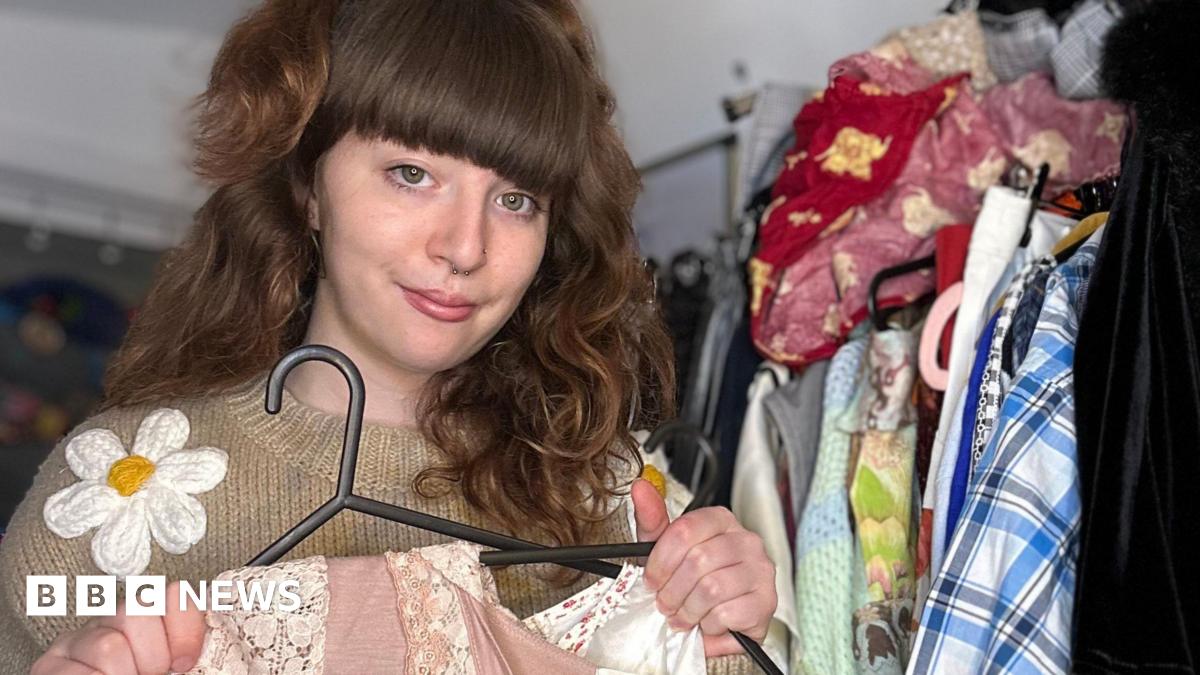Emily in Paris: The walking billboard?

By
AFP
Translated by
Roberta HERRERA
Published
September 11, 2024
Featuring brands like Lidl, AMI, Samsung, Jacquemus, Vestiaire Collective, LVMH, and Google, the latest season of Netflix’s acclaimed series ‘Emily in Paris’ has intensified the presence of commercial brands within the narrative, elevating product placement to a pivotal role in the storyline.
In an innovative partnership with Google, the series enabled viewers to use Google Lens to snap images of their screens, thereby directing them to websites retailing the various outfits and accessories worn by the characters in the series. This pioneering engagement strategy has significantly boosted referral traffic and generated substantial commissions, Netflix reported.
This season’s narrative cleverly intertwines these commercial integrations with the protagonist’s ambitions. Emily Cooper, an American expatriate working at the fictional luxury marketing agency ‘Savoir’ in Paris, is aptly tasked with forging cutting-edge partnerships for numerous real-world brands.
French regulations typically restrict product placement and covert advertising within television productions; however, these limitations do not extend to streaming platform content.
Jean Dominique Bourgeois, director of Place to Be Media, a French agency specializing in product placements, noted, “This approach of deeply embedding brands from the onset of the script is novel in France but is standard practice in the American market where early integration and substantial financial commitments from advertisers are common.”
He noted, “With budgets for scripted placements ranging from 500,000 to one million euros, it offers a cost-effective strategy for brands that would typically invest far more in a multinational campaign.” His agency facilitated the collaboration between Emily and McDonald’s in season three and secured placements for three additional clients in season four.
Spotlight on new clients
The second-hand luxury fashion platform, Vestiaire Collective, featured prominently in a scene where Mindy, Emily’s financially strapped best friend, utilises the service to sell her designer wardrobe.
While the French company did not disclose the financial details of this collaboration, it highlighted its intent to boost brand visibility, particularly aiming to expand its presence in the American market, which currently represents 20% of its sales.
The platform, which also curated 900 pieces inspired by Emily’s wardrobe, has observed a noticeable uptick in new customers, both buyers, and sellers.
The series has increasingly incorporated whimsical and bold fashion choices, which have become a hallmark of each season. Memorable fashion items range from the Kangol bucket hat, resurrected from its 1998 hiatus in the first season, to a plethora of chick-yellow ensembles in the second season, culminating in a striped jumpsuit and a fluffy blue hat featured in the fourth season.
Audacious fashion choices
Marilyn Fitoussi, the show’s costume designer renowned for her audacious fashion choices, claims her styling is meant to “make eyes bleed” and has effectively made Emily’s wardrobe a standalone character.
“I’m frequently contacted by brands looking to enhance their visibility or appeal to a younger, diverse audience,” Fitoussi revealed to the French economic journal Les Échos.
“I am not paid by the brands and I do not wish to be,” the costume designer added, recalling the first season’s budget constraints that led her to outfit Emily entirely in second-hand and vintage pieces.
Since then, every ensemble has been scrutinized by fashion critics as intensively as any catwalk presentation. The immediate recognition of luxury brands, such as a Louis Vuitton logo on a belt buckle or sportswear during Emily’s jogging scenes, suggests a meticulously calculated visual strategy.
Adam Sanchez, a journalist for GQ, described watching the show as “like wandering through an enormous shopping mall,” highlighting the pervasive commercial feel that dominates the viewer’s experience.
The culture and cinema expert observed that product placement tactics have “wildly escalated” by the fourth season, evident from the multiple brand integrations within the opening moments of the first episode. According to Sanchez, the audience is well aware of this dynamic and eagerly anticipates more.
He concluded, “The show offers a distinctive viewing experience focused less on narrative depth and more on the consumerist and fashion-centric lifestyle showcased through Emily’s adventures in Paris.”
Copyright © 2024 AFP. All rights reserved. All information displayed in this section (dispatches, photographs, logos) are protected by intellectual property rights owned by Agence France-Presse. As a consequence you may not copy, reproduce, modify, transmit, publish, display or in any way commercially exploit any of the contents of this section without the prior written consent of Agence France-Presses.
Related
High street fashion giant to close 35 stores in just…
SelectFashion, the popular women's fashion retailer known for its affordable, trendy clothing, is set to close 35 stores within days, following a series of clo
Paris Friday: Victoria Beckham, Issey Miyake, Kenzo, and Róisín Pierce
One ranged from a gilded embassy or under the Louvre to an elegant br
Hillingdon woman adapts clothes to help neurodivergent shoppers
Ms Rule is a special educational needs coordinator at Douay Martyrs Catholic Secondary School in Hillingdon but works on her business in the evenings and at wee
British fashion creators accuse Chinese retail giant Shein of using…
British fashion is under threat from artificial intelligence that can identify popular products and flood the market with cheap copies, designers have warned.Fu












